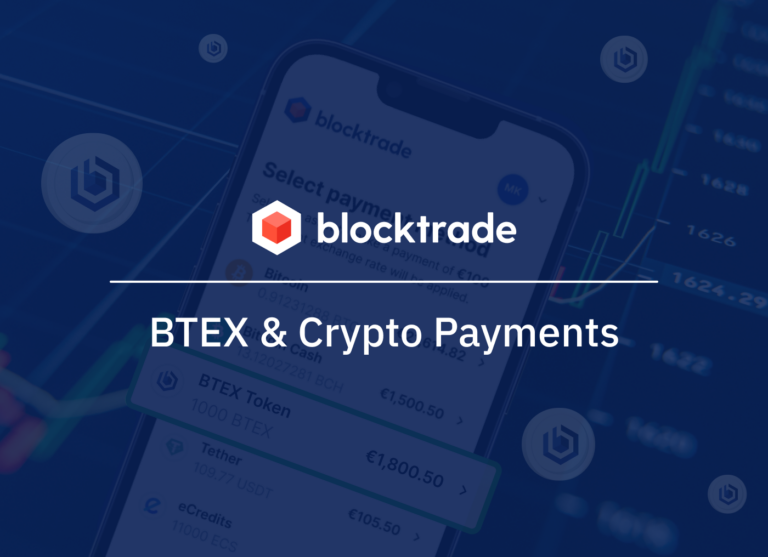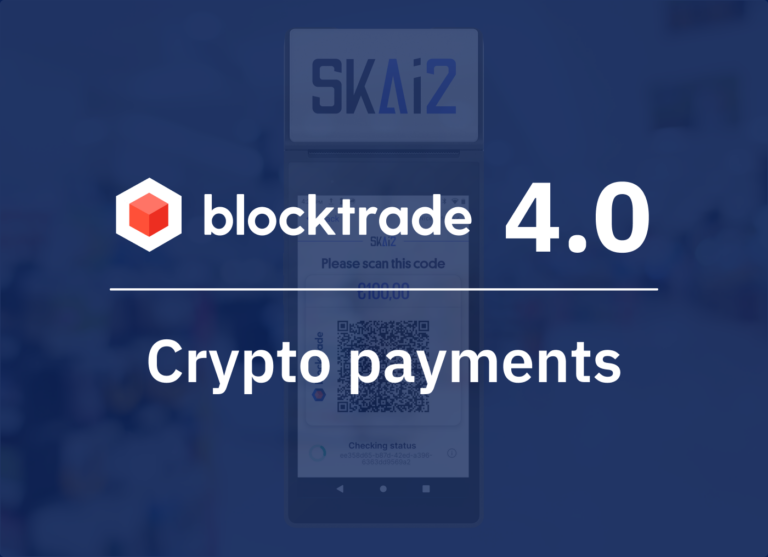The crypto world is known for its volatility. Prices of cryptocurrencies go up and down daily. But is there any coin whose price doesn’t change? Yes, we are talking about stablecoins, a buzzword in the cryptocurrency world. Let’s see what exactly it is and how it can help you better invest in this market.
What Are Stablecoins?
We start from the very beginning: the stablecoins definition.
Stablecoins are cryptocurrencies the value of which is based / pegged to a certain or basket of specific real-world assets like fiat currencies or other assets like gold, silver, etc. The goal of stablecoins is to combine the benefits of blockchain-based digital currencies (transparency, decentralization, efficiency, global, near-instant transaction settlement) with the stability of physical real-world assets or commodities.

Stablecoins are designed to eliminate the enormous volatility most cryptocurrencies are exposed to (which is also the reason for the popularity of crypto trading). After all, even the biggest cryptocurrency Bitcoin can have daily price swings between 5-10 per cent, lending it relatively useless as a form of payment.
Accordingly, stablecoins are out there as alternatives to these popular cryptocurrencies. There is an increasing number of stablecoins in circulation, the most popular ones by far are USDT (USDTether) and USDC, both stablecoins being pegged to the value of the US-Dollar.
How Do Stablecoins Work?
Stablecoins are digital tokens on the blockchain issued by a centralized entity that manages the underlying assets (collateral) to which the price of the stablecoin is pegged (also referred to as “collateralized stablecoins”).
The centralized entity has to make sure that all issued tokens are covered by the respective amount of underlying real-world assets so that the value of the coin can remain stable (constant). This means that the underlying reserves have to be increased/decreased in accordance with the demand for that token on the crypto markets.
For example, the leading stablecoin USDTether is issued and managed by Bitfinex Inc. For every newly issued USDT that comes into circulation, Bitfinex must increase its reserves by the value of 1 USD in order to maintain a 1:1 pegging between USD:USDT.
As stablecoins are centrally issued and managed, a common point of critique is a lack of transparency concerning the underlying reserves managed. For example, USDT issuer Bitfinex had to settle a lawsuit with the US Commodity Futures Trading Commission (CTFC) over allegations that the issued USDT were insufficiently backed by underlying reserves (actual reserves were lower than publicly stated).
More recently, there is a new type of stablecoin: non-collateralized, algorithmic stablecoins. These stablecoins are not backed by any underlying asset. Instead, they utilize a working mechanism of buying and selling reference assets in order to ensure price stability. It can be compared to the monetary policy central banks engage in to keep valuation of a fiat currency relatively stable. While growing in number, non-collateralized, algorithmic stablecoins have not (yet) gained a lot of traction.
Stablecoin Advantages

You may wonder why crypto enthusiasts buy stablecoins. Let’s check out some of their advantages:
- The stable price of these coins makes them a great option for crypto holders to reduce the volatility and risk of holding cryptocurrencies.
- They can facilitate faster and cheaper transactions and payments across borders.
- Accessing decentralized finance (DeFi) applications and services is more convenient with stablecoins.
Stablecoins Disadvantages
Every cryptocurrency on the market may have advantages and some drawbacks; stablecoins are no exceptions. Some of their disadvantages are as follows:
- They may face legal and compliance challenges from authorities who may question their legitimacy, transparency, and stability.
- Due to their stability, these tokens are more prone to technical issues or security breaches.
- They work based on a mechanism, so they may lose their stability if their mechanism fails or becomes obsolete.
What Are Stablecoins Used For?
Stablecoins enjoy increasing popularity in a number of use cases. For example, they are the “safe haven” that crypto traders park their money in during volatile market phases – or when they want to realize their trading gains without converting the money back to fiat currencies (right away). They are also highly popular for remittance payments / payment transactions between individuals worldwide as they offer 24/7 nearly instant, extremely cheap settlement.
Moreover, stablecoins like USDT/USDC are extremely popular in the world of decentralized finance (DeFi) where conservative users can realize between 5-12 % p.a. by staking their stablecoin credits with a DeFi protocol / service provider.
Finally, stablecoins are also popular with a growing number of online shops and retailers who accept USDT/USDC to appeal to a crypto-affine target market / client base.

- Reducing the volatility and risk of holding cryptocurrencies.
- Enabling access to decentralized finance (DeFi) applications and services.
- Facilitating faster and cheaper transactions and payments.
Stablecoin Examples
Generallay, stablecoins are divided into three groups:
1-Fiat-Collateralized Stablecoins
As the name indicates, this group of stablecoins are the ones that has a price equal to a fiat currency such as USD or Euro. Therefore, you will have an amount equal to dollar in your wallet. As an example 1 tether is always the same as 1 dollar, no matter what happens to the crypto market, it remains stable. Let’s know some of the examples:
- Tether (USDT) – Buy Tether on Blocktrade.
- TrueUSD (TUSD)
- USDCoin (USDC) – Buy USD Coin on Blocktrade.
- Binance USD (BUSD) – Buy Binance Coin on Blocktrade.
- Paxos Standard (PAX)
- Gemini Dollar (GUSD)
Note: Tether and USDC are the most commonly used stablecoins on the market. If you don’t know which one to buy, read about Tether vs USDC.
2- Crypto-Collateralized Stablecoins
This group of stablecoins has a price that is backed by another cryptocurrency. Here is the list of stablecoin examples on this group:
- Dai (DAI)
- sUSD (sUSD)
- Havven (nUSD)
3- Algorithmic stablecoins
Algorithmic stablecoins are a type of cryptocurrency designed to maintain its value and stability through algorithmic mechanisms, rather than being backed by traditional assets such as fiat currencies or commodities. These stablecoins use smart contracts and algorithms to dynamically regulate their supply and demand. Some examples of Algorithmic stablecoins:
- Ampleforth
- FRAX
- Terra
- Empty Set Dollar (ESD)

Bottom Line
In a world where the value of cryptocurrencies can fluctuate wildly, stablecoins offer a reliable and secure option for those looking to invest in digital assets. With their stability and transparency, stablecoins provide a bridge between traditional finance and the world of blockchain technology. Whether you’re a seasoned investor or just getting started, stablecoins offer a compelling option for anyone looking to enter the exciting world of cryptocurrencies.
Disclaimer
This is not financial advice. Mentioning coins and tokens is not a recommendation to buy, sell, or participate in the associated network. We would like to encourage you to do your own research and invest at your own risk.
FAQs
Bitcoin is the most well-known cryptocurrency in the world and is the ancestor of all other cryptos. Bitcoin is not a stablecoin because it hasn’t been designed to be used for this purpose. Investors usually buy Bitcoin to keep it as an investment or to trade. Read more about the differences between trading and investing.
One of the main points of stablecoins is the facility of their transfer. Assume you want to send money to your friend in another country; that person must have a bank account to act as a third-party intermediary to transfer this money. With stablecoins, you can easily send the equivalent of that amount (for example, 100 Tether equal to 100 USD) to that person’s wallet quickly and easily.
First, you should note that stablecoins are not used as an investment. Therefore, you won’t lose your money; it just stays as equal as it was before. So, there is no risk of losing money due to the market fluctuations. On the other hand, stablecoins are not considered totally decentralized. Since they should be equal to another currency, there should be centralization, making them prone to monetary issues that their related currency may have.
Undoubtedly, Tether (USDT) and USDC are the most popular and used stablecoins on the market. Both are always equal to 1USD.







